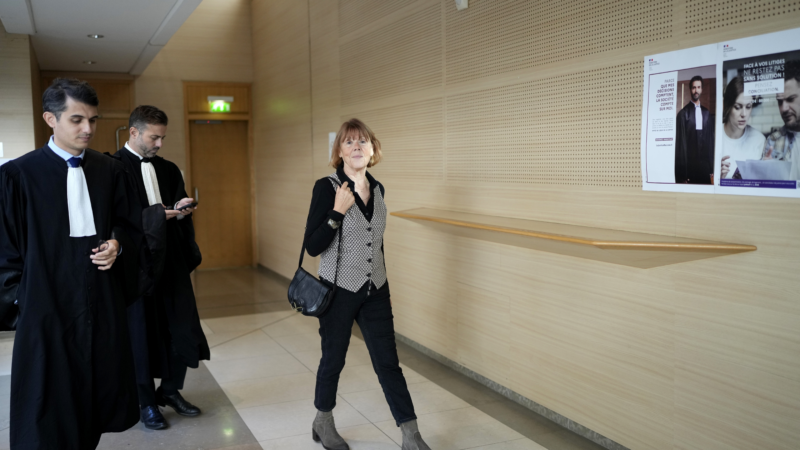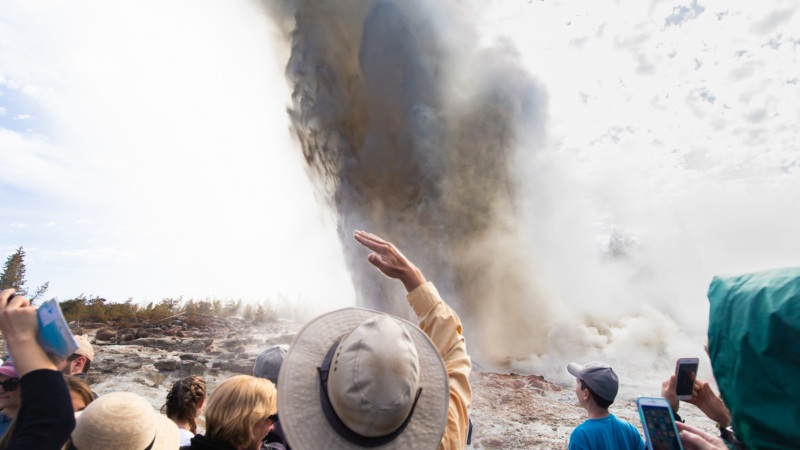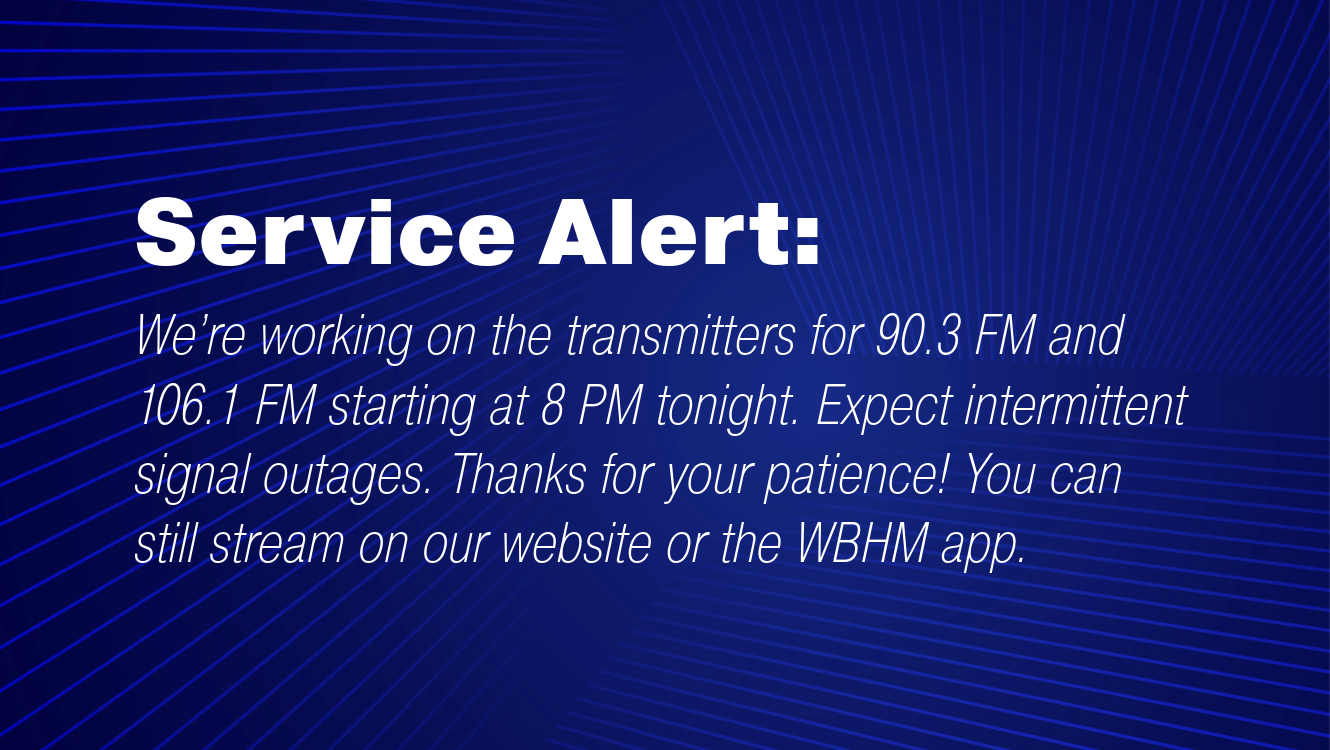As Coronavirus Cases Spike, Numbers Bear ‘Very Close Watching’
Alabama added 859 coronavirus cases Friday, hitting a new record for the second day in a row. Hospitalizations also reached the highest levels since the pandemic began. The state now has 23,333 confirmed cases. Alabama was one of the last states to issue stay-at-home orders and among the first to lift them.
We checked in with Dr. Karen Landers with the Alabama Department of Public Health for a Q & A about this week’s spike.
This interview has been condensed and edited for clarity.
How concerned are you with the huge jump in cases and hospitalizations we’ve seen?
“We’re always concerned about the numbers. And it is a very, very significant trend. It is the highest that we have seen in terms of numbers. And what this really indicates is that we still have a lot of COVID-19 in Alabama, which obviously we already knew. But these numbers are just confirming that.”
What’s behind this latest surge?
“Well, certainly we know that we have ongoing community transmission of COVID-19 in places in the state of Alabama. In addition, we’ve had outbreaks in entities that have contributed to these numbers. Some of our cases are what’s called epi-linked [epidemiologically linked], which means that a person may be a household member, an intimate partner or a close contact otherwise of a case. We are aware that some persons did have Memorial Day gatherings with families and friends, and that did increase some of our cases. Certainly, we are still working to complete all the investigations from the backlog we had last week when our ALNBS [online data] system became overwhelmed with data. And finally, we continue to have ongoing testing in Alabama that does contribute some to our numbers. But certainly, we are continuing to see a lot of cases. And this really reminds us that we have to continue our preventive measures for COVID-19 in Alabama.”
Did the state reopen too soon?
“The governor has to make the decision that she believes is best for the state of Alabama taking all information into account. I do believe that it’s very important that as we have opened up and continue to open up, to be aware that the measures that we are recommending can be very helpful. Even if we have a more open situation, it still can be very helpful to follow the guidelines for social distancing, wearing a cloth face covering, and then always being aware that if persons have high-risk health conditions such as cardiovascular disease, pulmonary disease, renal disease, immunosuppression, diabetes, again, those kinds of conditions, they really need to exercise an extreme level of caution for being exposed to other people.”
There are lots of people who aren’t wearing masks, they’re not social distancing, they’re gathering in large groups. And to them, the pandemic seems a thing of the past. Should state leaders be doing more to convey the urgency around this current situation?
“Well, certainly we have continued to message about this since we really began working on this very early in March and actually the planning that the Alabama Department of Public Health was doing well before that time. And I don’t think that we can message enough. I think we have to continue to remind and especially look at these numbers and see that this is a statistic that bears very, very close attention and very close watching. We have a lot of COVID-19 in Alabama. We need to continue to take the preventive measures seriously.”
At what point would the state look at this continued upward trend and say ‘It’s time to change course’ and impose more restrictions?
“Well, it will be important to look at the trends that are occurring over the next several days, as well as taking other information into consideration to determine what we can do to reduce the spread of this virus if we don’t see a decrease from these numbers based upon persons redoubling their efforts to reduce the spread of this from person to person. Then certainly other measures will need to be considered.”
Mass trial shines a light on rape culture in France
A harrowing and unprecedented trial in France is exposing how pornography, chatrooms and men’s disdain for or hazy understanding of consent is fueling rape culture.
What’s your favorite thing about fall?
With cooler mornings and shorter days, if feels like fall is finally here. So what’s your favorite thing about fall? We put that question to people at our recent News and Brews community pop-up in Cullman.
Teammates LeBron and Bronny James make history as the NBA’s first father-son duo
The Jameses, who both play for the L.A. Lakers, shared the court for several minutes on the NBA's opening night. They join a very small club of father-son teammates in American professional sports.
After John le Carré’s death, his son had the ‘daunting’ task to revive George Smiley
Nick Harkaway grew up hearing his dad read drafts of his George Smiley novels. He picks up le Carré's beloved spymaster character in the new novel, Karla's Choice.
When Steamboat goes WHOOSH, scientists look for answers
What triggers geysers to go off is still not well understood. A new paper shows that one small earthquake likely triggered an eruption of the world's tallest active geyser, Steamboat.
Trump’s ex-chief of staff warns his former boss would rule like a ‘fascist’
John Kelly is one of several Trump-era White House officials to publicly criticize their former boss, arguing that Trump is not fit to hold office again.






